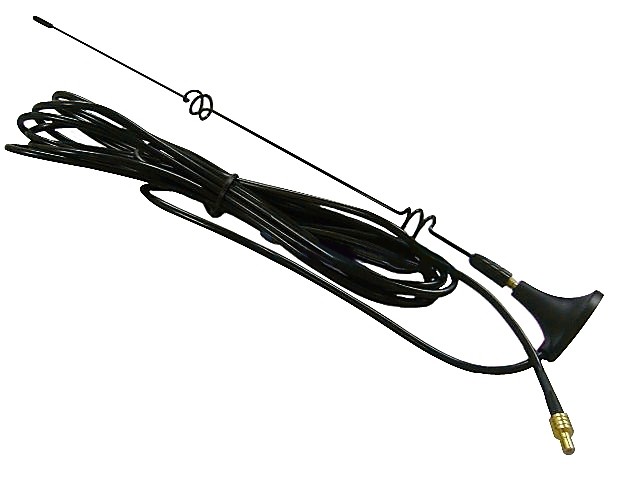Every person who purchased a 3G modem sooner or later faces the problem of poor signal reception. With its weak level, an external antenna for a 3G modem can help. Its use significantly increases the level of the received signal. An external antenna for a 3G modem can speed up the initial transmission of information at times. It is performed in the form of a flash drive. In this case, contactless adapters are used. They re-emit the signal from the modem to an external antenna and vice versa. That is, the general scheme is as follows: you need one external antenna for a 3G modem, an internal antenna and a high-quality high-frequency coaxial cable having a low attenuation coefficient at a frequency of 2100 MHz. All this can be purchased in a specialized store, or you can make an external device yourself.
Simple construction
Do-it-yourself external antenna for a 3G modem is not at all difficult. One of the options for this design is offered on the Internet quite often. This is the antenna for Harchenko’s 3G modem. It is also called the "eight" for its characteristic shape. The basis for it is the Kharchenko waveguide, resembling an eight of two rhombs, which the author proposed for receiving television channels in the decimeter range. However, to use it as a 3G signal receiver, some changes will have to be made to the design. It will help to strengthen the signal, if any. If the GSM signal is not at all, it is better to use another option based on a satellite dish. The G8 must be made of copper wire with a cross section of 4 mm², which can be bought at any electric store.

The contour of the receiving device is bent from the wire. These are two rhombuses with a side of 53 mm and two angles of 120 ° on the lateral vertices of rhombuses. “The eight does not connect in the center, as its prototype is a figure, there remains an air gap of 5mm, and this is important. The ends of the circuit are closed by soldering. From an
aluminum sheet with a thickness of 2 mm, it is necessary to cut a plate 140x140 mm, which will play the role of a reflector. A hole for a cable with a diameter of 8-10 mm is drilled in the center of the plate. The circuit is mounted 36 mm above the reflector. He must not touch him anywhere. For this, fasteners are made of dielectric. It may be plastic. Now you need to decide how to mount the device on the wall. To do this, you can use the bracket from the
satellite dish. A cable is soldered to the antenna. A 75 ohm
coaxial cable is recommended. However, it was experimentally found that when a wave is received at 2100 M Hz, which corresponds to the HSDPA standard, a signal is generated of such a power that instantly attenuates at a resistance above 50 Ohms. Therefore, it is proposed to use a cable with a resistance of 50 ohms. For such a cable, the conductor is made entirely of copper, and it will be easy to solder it. The device must be installed and secured in place. At the other end of the cable,
a matching device is executed
. This will require copper foil. Such a foil can be obtained by disassembling the old transformer, or simply buy it in a specialized store. A kind of cover is made of foil. One side of such a cover should be 45 mm. The case should not sit snugly on the body of our 3G device.
To braid the cable, a piece of foil measuring 27x76 mm is required. The braid is soldered with this piece of foil, which covers the cover, but does not touch it anywhere, and the cable core is soldered with the cover itself. But it also should not directly touch the modem case. Actually, the external antenna for the 3G-modem is ready to work. Now you just need to configure it, just turning on the mount in search of a better signal reception.